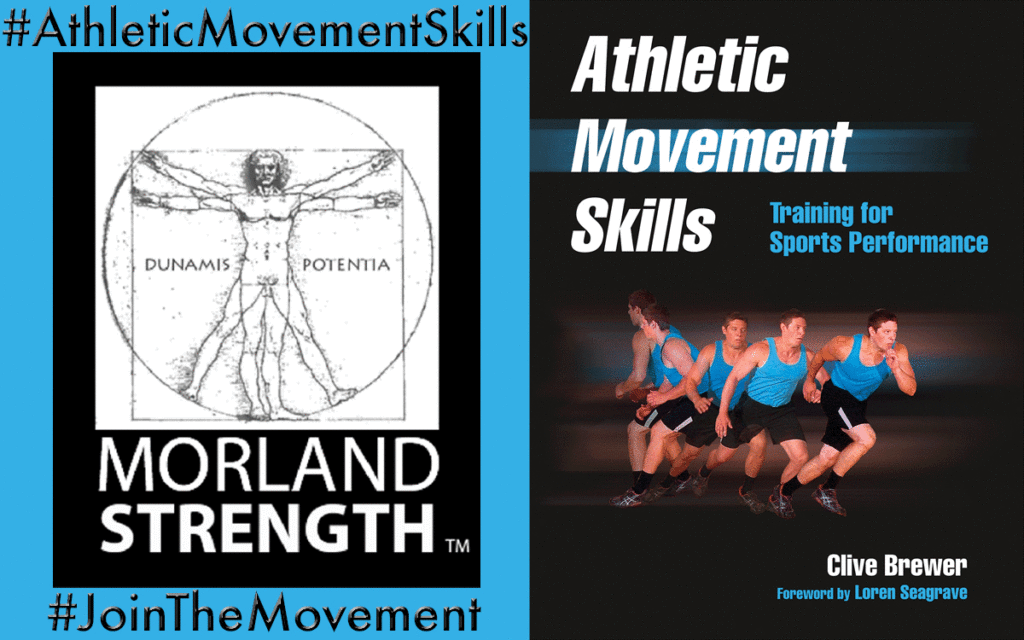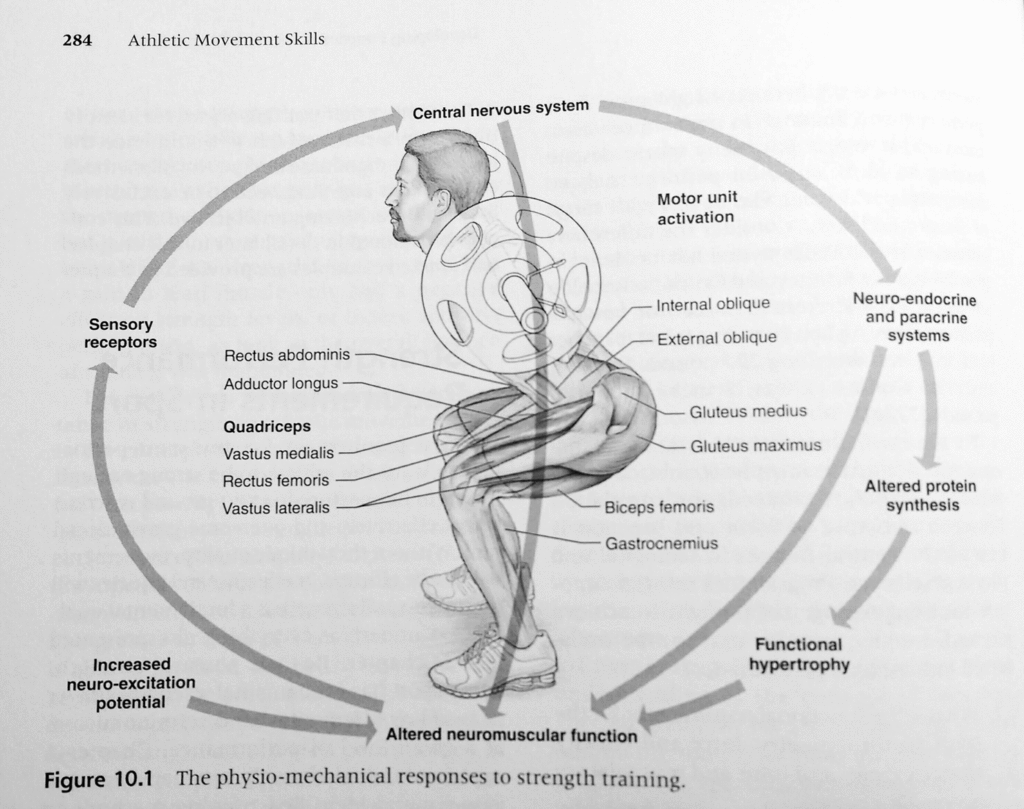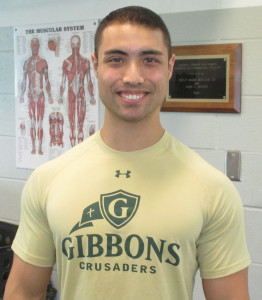
What is strength? According to Clive Brewer, it is the concept derived from the management of forces. There are multiple ways to evaluate strength of an athlete. But there are two concepts of strength to know: absolute and relative. Absolute strength is the ability to lift an external load. One example of this would be pushing and maneuvering a football player during a tackle, causing a collision. Relative strength is the strength-to-body-weight ratio, meaning the amount of force applied to move one’s own body. For example, jumpers, runners, and gymnasts all require the ability to move and develop acceleration. For these athletes, the power-to-body-weight ratio evaluates athletic performance.
Strength is the concept derived from the management of forces
Functional strength is understanding the chain of causation to achieve the goal or outcome

Now that we have a better understanding of strength, what is “functional strength?” Functional strength is understanding the chain of causation to achieve the goal or outcome. This is how programming works. In sports, functional strength is the interaction of forces acting on or within the body. Thus, programming should reflect the action, to positively adapt and strengthen. There are four major stages of thought to achieve strength-training benefits exhibited through athletic performance.
- What is the functional requirement for the sport (anthropometry, force and velocity characteristics and joint and musculature actions)
- What is the form, shape, or physical characteristics of the athlete?
- What physio-mechanical properties need to be influenced in this person?
- What training mechanisms will best deliver the sporting function for this athlete’s form?
(Clive Brewer, p.283, Introducing Function to Strength Training)
Remember that training objectives identify training priorities, which will mold the program design.
Before beginning a program, it is important to conduct tests to evaluate the performance of the athlete. Testing for postural strength is fundamental. Is the athlete capable of exerting ground reaction forces effectively for his or her posture? For example, success in soccer depends on skill and velocity, whereas, success in football is dependent mostly on power, the strength attribute. Can the athlete transfer forces efficiently?
There are 7 Principles to understand the “Functionality of a Training Movement:”
- Train Movement in Multiple Planes
- Transfer Force Through the Whole Kinetic Chain
- Build Strength from the Ground Up but Challenge the Trunk Before the Extremity
- Sequence Muscle Actions to Produce High-Force, High-Velocity Movements
- Develop Functional Programming Through a Broad Spectrum of Movement and Load Challenges
- Make Strength Accessible Rather Than Specific
- Use Functional Methods That Are Objective Driven and Evidence Based
There are many ways to program, but is it necessarily functional or efficient? Functionality in training is related to the choice of movements and the execution of the specific technique, but also by the way the movement is programmed. What must be considered are the sets, reps, rest times, exercise sequence (primary exercises before assistance exercises). The factors to consider from the principles above are:
- Develop and express force, and develop variation in loading and movement
- Strengthen the kinetic chain as much as possible
- Train not only in one plane, but be able to move in more than one plane
- Practice muscle-sequencing and generate forces from the ground upward through the kinetic chain
- Link eccentric muscles with the concentric muscles action
- Enhance strength and power through high-quality movements (repetition)
- Challenge strength movement through variation, not just increased resistance
Learning new movements requires repetition and high volume, but do not overload the body by mixing high reps with power exercises, such as power cleans. Fast speed, many reps, and short rest times will result in lack of proper neuromuscular connections. Instead, high reps, with control and proper form will utilize strength exercises to establish neural patterning. Low reps with proper form will utilize power exercises to build overall power and strength. Thus, train smarter and do not rush the process – start slow and build up! For the athlete to adapt and build, he or she needs the appropriate repetition and variation and a series of progressively more complex or difficult strength challenges. This will result in development of the athlete’s ability to recruit functional strength for the required athletic performance.
This chapter re-educated me on what exactly functional strength training is. As a coach/educator, I found this chapter vital. Clive Brewer broke down his principles and provided more in-depth examples and explanations. If you wish to know more, I highly recommend purchasing this book. My number one rule in training is to prevent injury through proper planning and preparation.
What is the biggest take away, for you, from this chapter?
How can strength progressions help in developing your programming?
What can you incorporate from this methodology in your own training?
Personal Trainer at Fitness Connection and Camp Gladiator
“The views, opinions, and judgments expressed in this message are solely those of the authors and peer reviewers. The contents have been reviewed by a team of contributors but not approved by any other outside entity including the Roman Catholic Diocese of Raleigh.”

